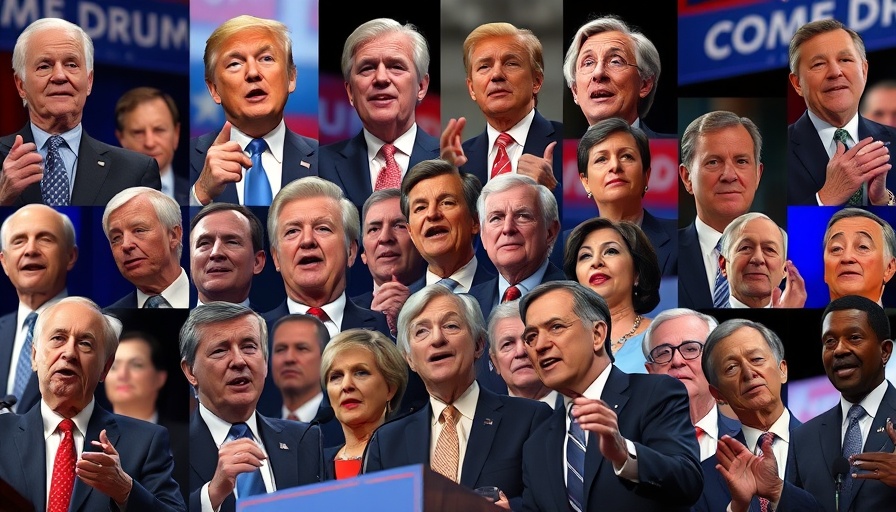
San Antonio’s Political Landscape Shifts as Runoff Debates Approach
The San Antonio City Council elections are heating up as candidates prepare for an important series of runoff debates. These debates, set to take place in various community centers around the city, aim to address critical issues affecting residents, including public safety, housing affordability, and economic development.
What Are Runoff Debates and Why Do They Matter?
Runoff debates are pivotal in the electoral process, especially in a diverse city like San Antonio. They provide candidates an opportunity to articulate their vision and answer pressing questions from constituents. As these debates unfold, voters will gain clearer insights into candidates’ positions—a crucial factor as citizens move closer to making their final voting decisions.
Insights from Previous Debates: Lessons Learned
Looking at the recent debates leading up to the current runoff, one notable trend emerges: voters are particularly concerned about local issues reminiscent of national dialogues such as police reform, economic disparity, and infrastructure development. The San Antonio community has shown engagement, with citizens participating in discussions and actively questioning candidates on their proposed solutions.
Engagement Through Technology
This year’s events mark a significant shift in campaign strategy; candidates are utilizing technology to reach a broader audience. Live streaming the debates on social media platforms allows for real-time engagement with voters, enabling them to submit questions and comments directly to candidates during the events. This accessibility is crucial in fostering transparency and opening a dialogue between candidates and constituents.
What Candidates Are Saying
As candidates prepare for the debates, their messaging reflects a keen awareness of the issues that matter most to voters. Whether it’s addressing homelessness through increased funding for affordable housing or proposing initiatives for improving public safety, each candidate has tailored their platform to resonate with their audience. Observers note, however, that candidates must navigate the challenges of diverging opinions within their constituencies.
Community Involvement: A Necessity for Change
The debates are not just about candidates; they also reflect the community's voice. Local organizations are taking an active role in promoting voter access and education. Groups are partnering with municipal agencies to host workshops aimed at informing residents about the voting process and the importance of being engaged citizens, emphasizing that every voice counts.
Future Predictions: What Lies Ahead?
As the debates draw near, predictions abound regarding their outcomes. Political analysts suggest that voter turnout may exceed previous elections due to heightened community interest and involvement in local governance. This could lead to shifts in the composition of the City Council, ultimately impacting legislative decisions and policies moving forward.
How to Get Involved
Residents are encouraged to attend the debates, either in person or online, to form their own opinions about the candidates. Engaging in discussions and sharing thoughts on social media can also enhance community involvement. As election day approaches, voters should ensure they’re informed and ready to make choices that will shape San Antonio’s future.
For those looking to stay updated on all things regarding the San Antonio City Council runoff elections, local news outlets and community organizations are recommended resources. Participating in these debates and discussions empowers residents to shape their city.
 Add Row
Add Row  Add
Add 




Write A Comment